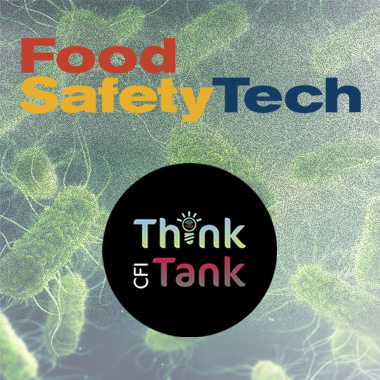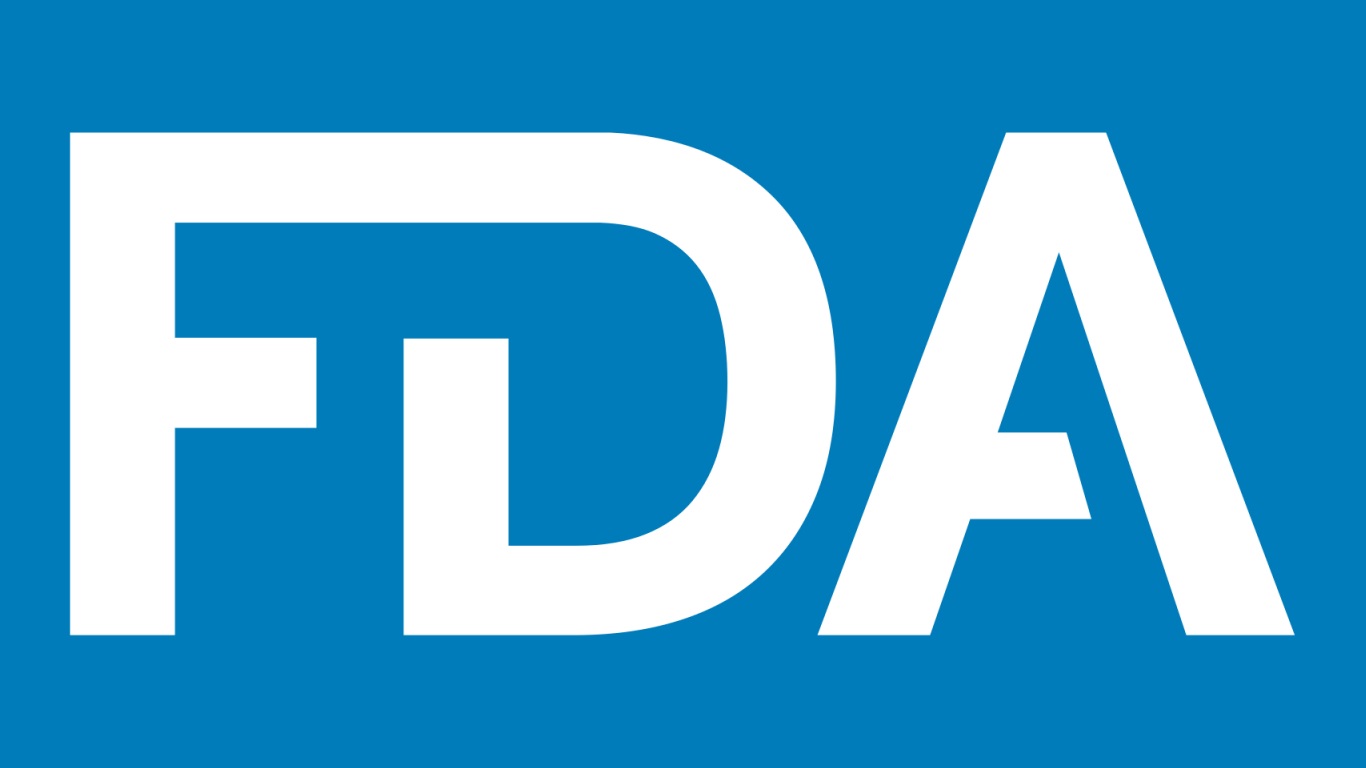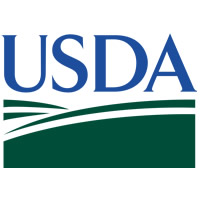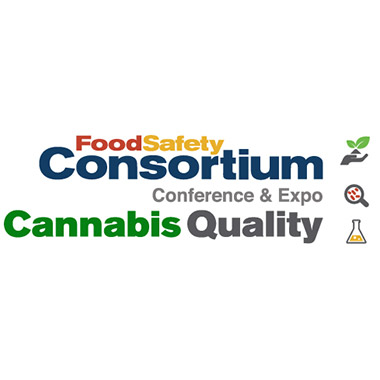

Whole genome sequencing (WGS) has become a powerful tool to track the origins of foodborne illness, but if industry views WGS simply as a tool for regulators, it is missing out on a valuable instrument to improve food safety within its facilities.

Whole genome sequencing (WGS) has become a powerful tool to track the origins of foodborne illness, but if industry views WGS simply as a tool for regulators, it is missing out on a valuable instrument to improve food safety within its facilities.

The FDA sent a letter to manufacturers, packers, distributors, exporters, importers, and retailers involved in the manufacturing and distribution of powdered infant formula to share current safety information and call on the industry to take prompt action to improve processes and programs for the protection of our most vulnerable population.

“Under the Biden-Harris Administration and through historic funding investments, USDA continues to invest in research processing expansion that will create new and better markets and expand opportunities for small businesses and rural communities. This investment will help enable that vision.”

Food inflation can make it more difficult to maintain food product quality, safety, and transparency and lead to an increased risk of food fraud. Manufacturers and suppliers must remain extra vigilant and take proactive steps to mitigate the risks posed by stubbornly high food inflation and increasingly complex supply chains. The following four steps are key to protecting your products and your business.

The detection and mitigation of foodborne illness-causing pathogens continue to be a challenge for all aspects of the food industry from farm to fork. Join Food Safety Tech and the Center for Foodborne Illness Research and Prevention on April 3-5 for two days of practical education on the detection, mitigation, control and regulation of key food hazards, followed by discussion geared toward identifying gaps for research and innovation.

The EU’s proposed ban on PFAS, released last month, could have far-reaching implications for food companies. Craig Butt, Ph.D., Senior Staff Scientist for Food/Environmental Science at SCIEX, discusses the proposed regulations, new detection methods and how industry can prepare for more stringent regulation of fluorine compounds.

“We’ve heard loud and clear that the current resource distribution and operational model between the FDA’s regulatory programs and field operations are siloed and there’s too much duplication. We intend to fix this and strengthen both the regulatory programs and field force.”

Nutrient-content claims are complex and require careful attention to detail, but their purpose is simple: to prevent manufacturers from confusing consumers or misleading them into believing a product is healthier than it really is. This “high in information and low in legalese” column looks at regulation surrounding express, implied and relative nutrient-content claims.

The guidance documents do not impose legally enforceable requirements, but they can help stakeholders plan for potential changes that may impact their businesses and organizations. The agency anticipates it will publish many of the listed documents by January 2024.

The Food Safety Consortium will take place October 16-18, 2023, in Parsippany, New Jersey. This year’s conference will include a new Food Safety Hazards Track and co-location with the Cannabis Quality Conference.